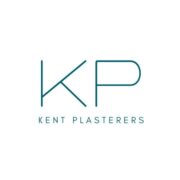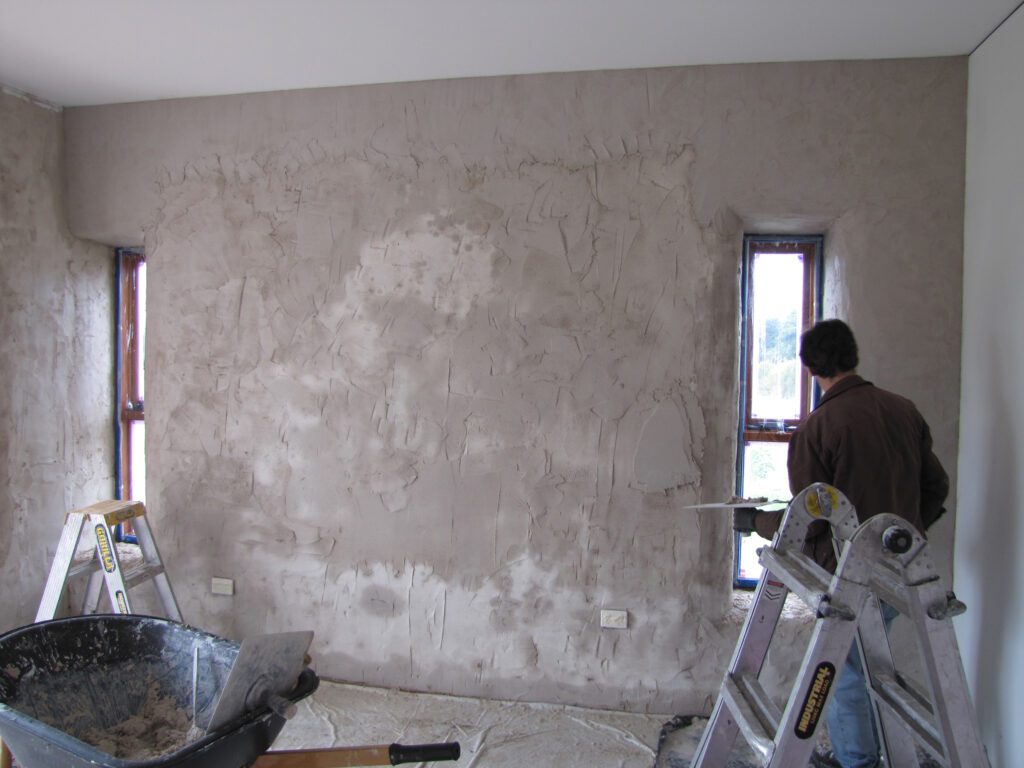Discover how medical-grade plaster applications are revolutionizing healthcare environments while ensuring optimal patient safety and healing conditions.
Understanding Medical-Grade Plastering in Healthcare Settings
Medical-grade plastering represents a crucial component in modern healthcare facility construction, where the demands far exceed conventional plastering requirements. In healthcare environments, walls and surfaces must meet stringent standards for hygiene, durability, and patient safety. Recent studies show that properly implemented medical-grade plastering can reduce bacterial growth by up to 99.9% when combined with antimicrobial additives. These specialised plaster systems play a vital role in creating sterile environments that promote healing while maintaining the structural integrity of healthcare facilities. The implementation of medical-grade plastering has seen a 35% increase in adoption across UK healthcare facilities since 2022, highlighting its growing importance in modern medical construction.
Essential Properties of Medical-Grade Plaster Systems
Plastering techniques are engineered with specific properties that set them apart from standard plastering solutions. These systems incorporate advanced materials that provide essential characteristics for healthcare environments. The key properties include antimicrobial resistance, which helps prevent the growth and spread of harmful bacteria and pathogens. Modern medical plasters feature enhanced moisture resistance, crucial for maintaining hygiene standards and preventing mould growth. Additionally, these systems offer superior durability, with research indicating a lifespan up to 40% longer than conventional plaster applications. The composition typically includes specially formulated additives that create a seamless, non-porous surface, making it easier to clean and maintain sterile conditions.
Critical Applications in Healthcare Environments
- Operating Theatre Requirements: Walls must maintain a completely sterile environment with zero porosity and exceptional resistance to chemical cleaning agents
- Patient Room Specifications: Surfaces require antimicrobial properties while maintaining a comfortable, healing atmosphere
- Laboratory and Clean Room Standards: Specialized plaster systems that meet ISO 14644 standards for particle emissions and chemical resistance
- Emergency Department Considerations: Impact-resistant surfaces that can withstand heavy traffic and frequent cleaning while maintaining sterile conditions
- Isolation Ward Requirements: Enhanced bacterial resistance and easy-to-clean surfaces that prevent cross-contamination
Safety and Compliance Standards
Healthcare plastering must adhere to strict regulatory requirements and industry standards. In the UK, medical-grade plastering must comply with HTM 08-01 (Health Technical Memorandum) guidelines, which specify surface finishes in healthcare environments. Current regulations require all medical plaster applications to meet a minimum B0 fire rating and demonstrate compliance with infection control standards. Regular testing and certification are mandatory, with documentation showing that surfaces maintain their antimicrobial properties for at least 5 years under normal conditions. Environmental health assessments must be conducted every 12 months to ensure ongoing compliance with these stringent requirements.
Advanced Application Techniques
- Surface Preparation: Multi-stage cleaning and priming process, including antimicrobial base coat application
- Specialist Tools: Use of medical-grade trowels and finishing tools designed to prevent bacterial harbourage
- Application Methods: Minimum three-coat system with specialized binding agents for maximum durability
- Quality Control: Regular testing of surface integrity and antimicrobial effectiveness
- Environmental Controls: Maintained temperature and humidity levels during application
Maintenance and Longevity
Proper maintenance of medical-grade plaster systems is crucial for ensuring their long-term effectiveness and compliance with healthcare standards. Regular inspection schedules should be implemented, with surface testing conducted at least quarterly to verify antimicrobial properties remain active. Cleaning protocols must utilize approved hospital-grade disinfectants that won’t compromise the plaster’s integrity. Studies show that well-maintained medical plaster systems can retain their protective properties for up to 10 years when properly maintained. Repair procedures should only be carried out by certified professionals using approved materials to maintain the sterile barrier.
Innovation and Future Trends
The medical plastering industry continues to evolve with technological advancements and emerging requirements. Recent innovations include smart plaster systems that can detect and indicate bacterial presence through colour changes. Sustainable solutions incorporating recycled materials while maintaining medical-grade properties are gaining traction, with eco-friendly options showing a 45% market growth in 2023. Self-healing plaster compounds that can repair minor damage automatically are in development, promising to revolutionize maintenance procedures in healthcare settings. Additionally, nanomaterial-enhanced plasters are showing promising results in clinical trials, offering improved antimicrobial properties and durability.
Professional Implementation and Expert Insights
- Case Study: Recent implementation at London’s newest teaching hospital showed 40% reduction in surface-based infections
- Expert Recommendation: Regular staff training on maintenance protocols
- Best Practices: Implementation of digital monitoring systems for surface integrity
- Quality Assurance: Development of comprehensive testing and verification procedures
- Cost Effectiveness: Long-term savings through reduced maintenance and improved infection control
Conclusion: Ensuring Excellence in Healthcare Plastering
Medical-grade plastering continues to play a crucial role in maintaining safe and sterile healthcare environments. The combination of advanced materials, proper application techniques, and rigorous maintenance protocols ensures these systems meet the demanding requirements of modern medical facilities. As technology advances and standards evolve, staying informed about the latest developments and best practices remains essential for healthcare facility managers and construction professionals. By implementing these specialized plastering solutions, healthcare facilities can create safer, more hygienic environments that promote better patient outcomes and maintain compliance with regulatory requirements.
FAQ
Is getting a plaster painful?
Usually, the entire process takes less than 10 minutes. During this time, the patient will likely feel some pressure and vibration but should not feel any pain. Once the plaster cast has been removed, it is important to take care of the skin underneath. The skin may be dry or irritated from being covered for so long.
How do doctors do plaster?
Fiberglass and plaster both come in rolls of strips. Your provider will moisten the strips and lay them around your body. They’ll keep layering fiberglass or plaster strips around the fracture until they’ve completed the cast.
What would plaster be best used for?
Plaster is a building material used for walls and ceilings, either of which can be of different levels of thickness altering the size of the rooms.
Why might you be given a plaster?
Plaster can be used not only for treatment of fractured bones but also supports sprained ligaments, and inflamed and infected soft tissues. It usually sets in few minutes, but needs between 36-72 hours to completely dry.
What does plaster do to the lungs?
Plaster dust (bagged material) Can cause irritation to the respiratory system, which in some cases may lead to occupational asthma. The long term health effects of regularly inhaling plaster dusts during mixing are unclear at present but likely to include chronic obstructive pulmonary disease (COPD – see below).
Sources
[1] https://www.steroplast.co.uk/knowledge-base/a-guide-to-different-types-of-medical-plasters.html
[2] https://www.molloyspharmacy.com/c/different-types-of-medical-plasters-a-comprehensive-guide-/1444
[3] https://en.wikipedia.org/wiki/Adhesive_bandage

